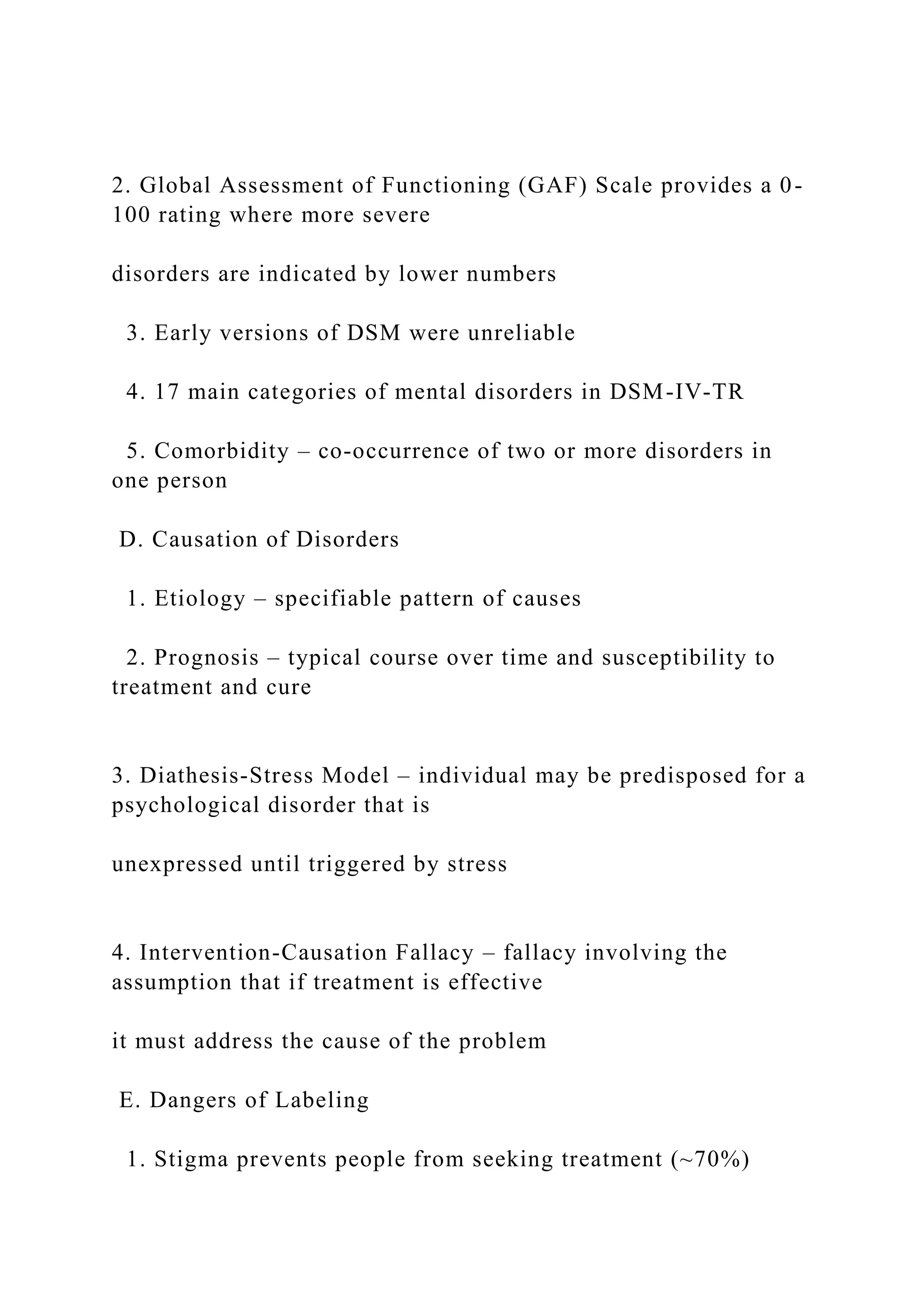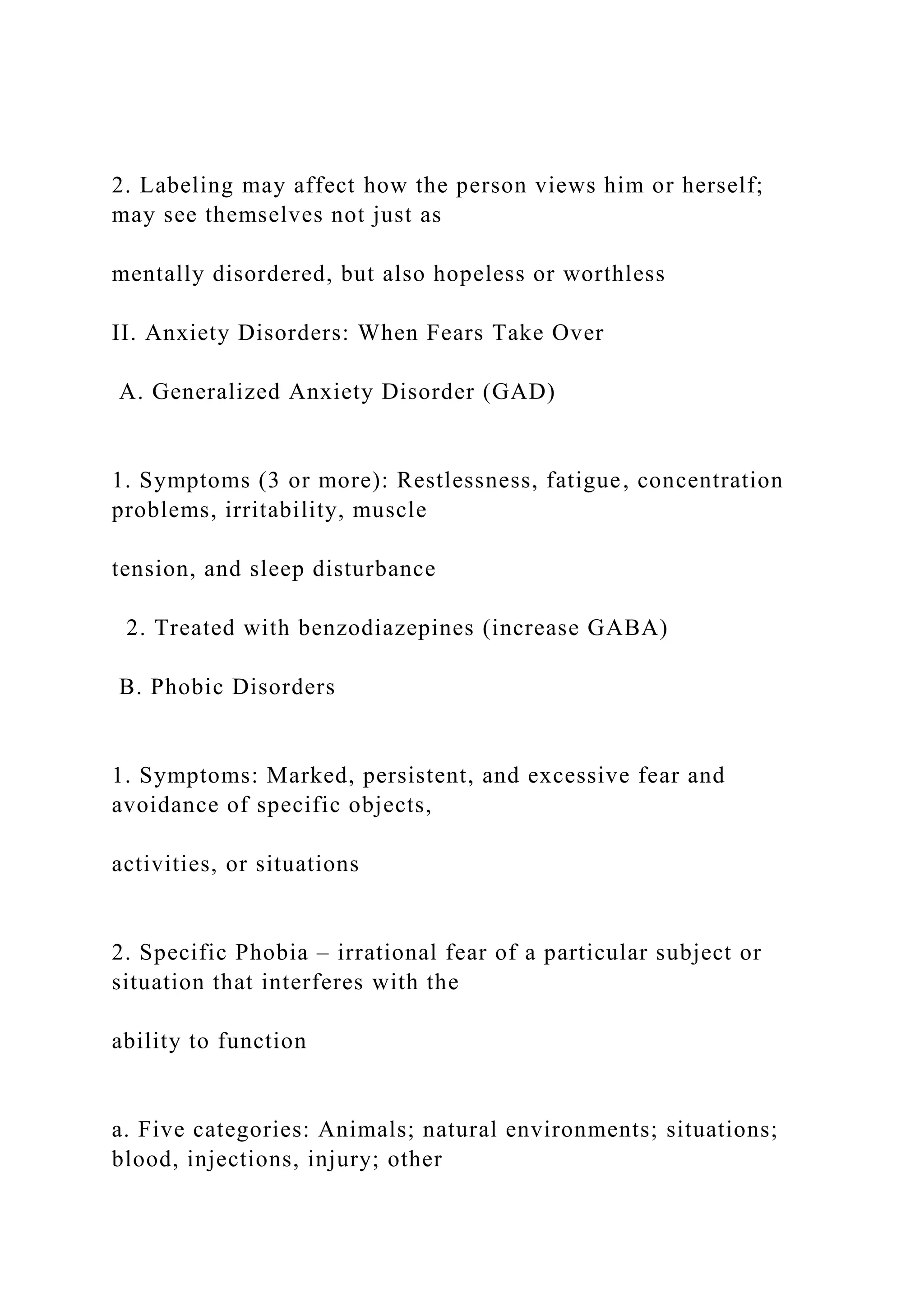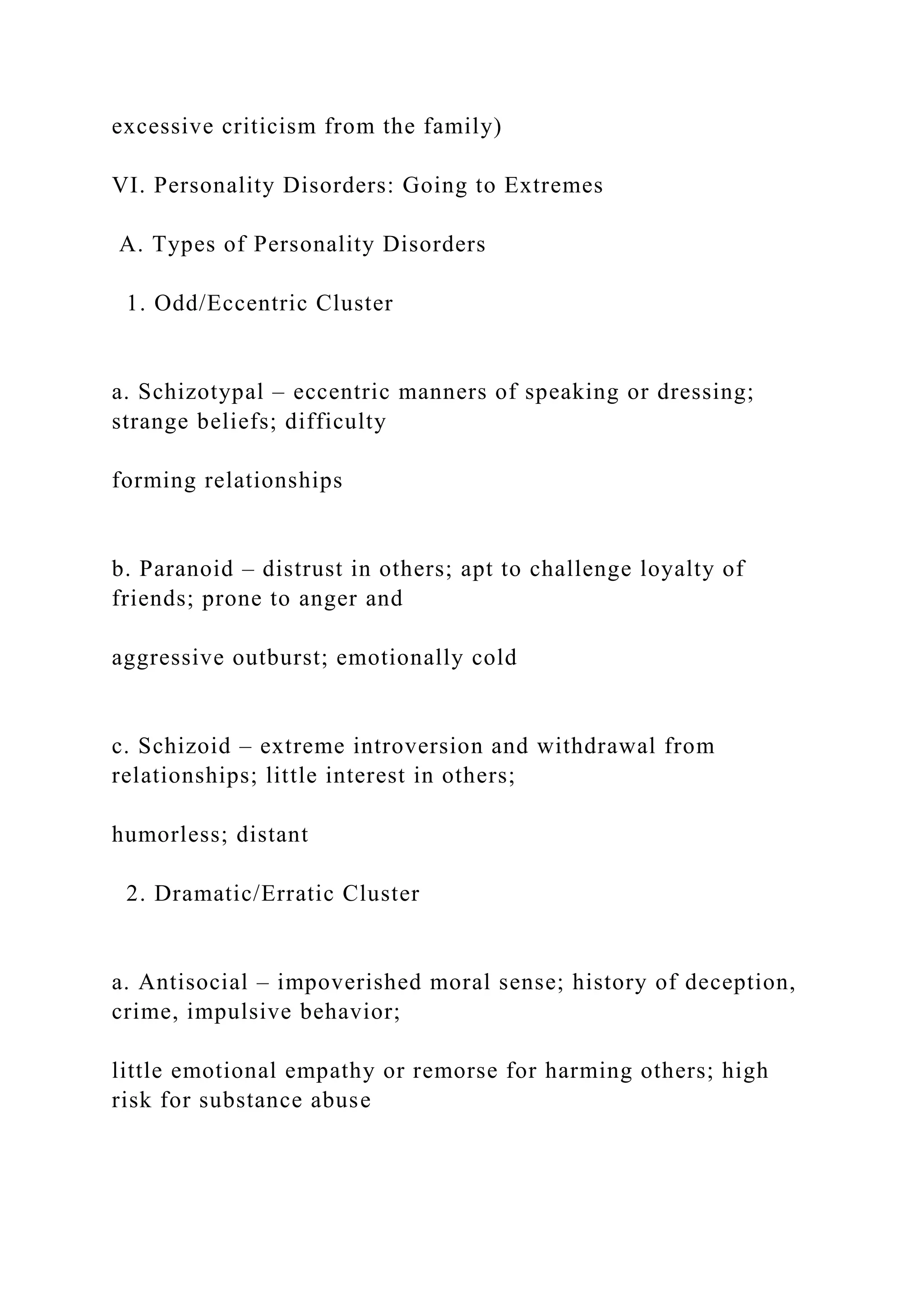The document details the instructions for a team assignment focused on a discussion about IFRS versus GAAP, emphasizing the need for original work, strict adherence to deadlines, and proper referencing. Key topics include specific IFRS standards related to financial measurement and reporting, the structure of the summary, and the requirement for in-depth research and collaboration. Additional instructions stress the inclusion of valid URLs for sources, the importance of meeting APA formatting guidelines, and criteria for discussing contingent liabilities and differences in liability accounting between IFRS and GAAP.




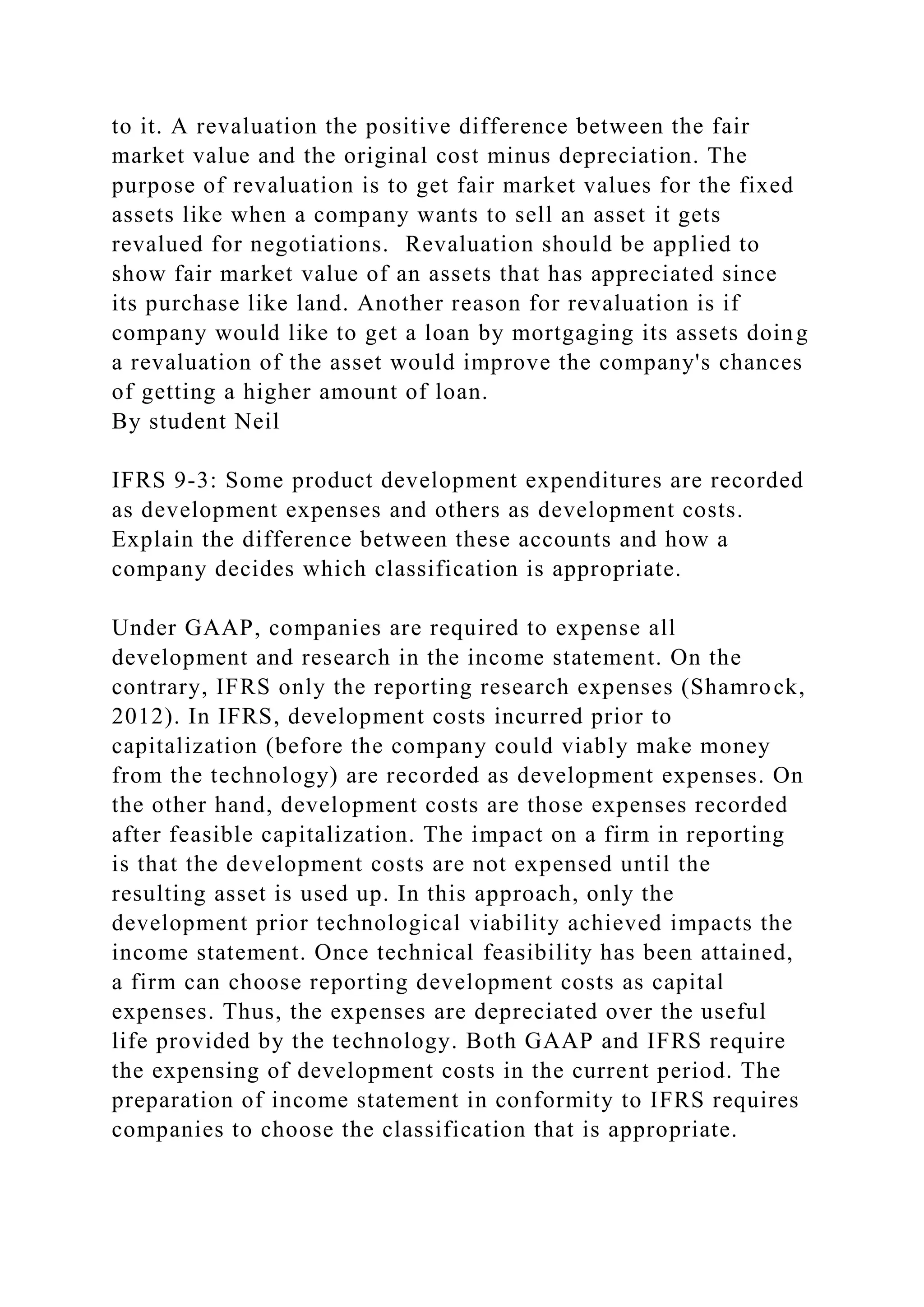
![Reference:
Shamrock, S. E. (2012). IFRS and US GAAP: A comprehensive
comparison. Hoboken, N.J: John Wiley.
By student Joel
Explain how IFRS 10-3 defines a contingent liability and
provide an example.
According to Kimmel (2013), IFRS does not report contingent
liabilities on financial statements. Under IFRS rules, what
would be considered a contingent liability under GAAP
standards is referred to as a provision. IFRS defines a provision
to be a "liability of uncertain timing or amount". According to
Christodoulou (2010), "IAS 37 [is] an accounting rule which
governs how listed companies write-up a range of difficult-to-
define liabilities" (p. 4). In order to be considered a contingent
liability under IFRS standards certain criteria must be met. This
includes the possible occurrence or nonoccurence of future
events that would make the payment of these past liabilities
become current obligations. Another criteria would be that a
future liability is created based on a past event. This could be
categorized as a contingent liability under IFRS if the
likelihood that economic resources will be used to pay this
liability is low or there isn't a significant way to measure the
amount of the obligation.
Some examples of what IFRS deems as provisions include
employee vacation pay and anticipated losses. These same items
would be treated as contingent liabilities under GAAP, however
they are deemed as provisions under IFRS standards because
they do not meet the criteria that has been established to
classify contingent liabilities.](https://image.slidesharecdn.com/pleasereadinstructionscarefullyandcompletelyduedate41-221118165449-2a5f0270/75/Please-read-instructions-carefully-and-completely-Due-date-41-docx-6-2048.jpg)

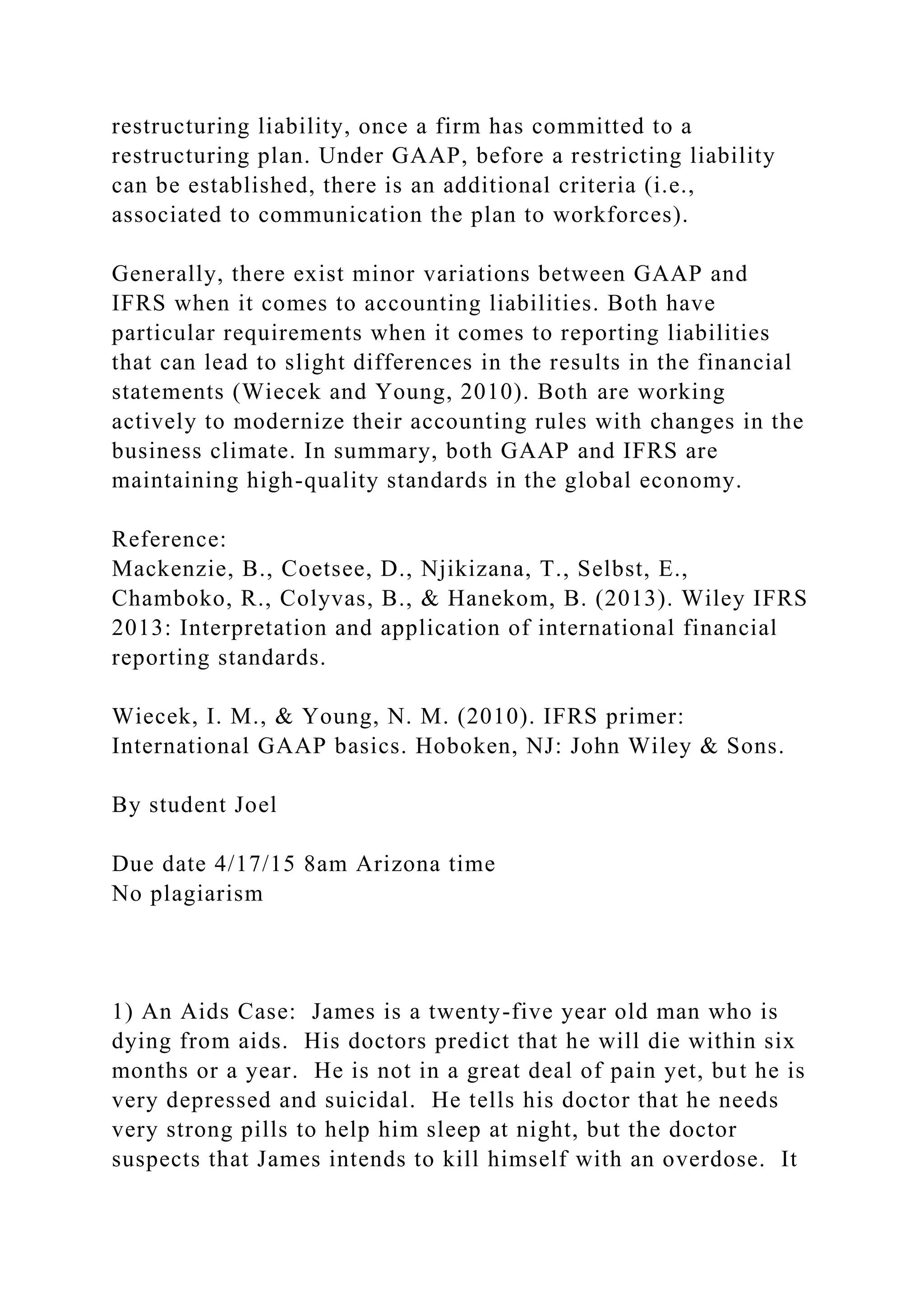
![is not illegal for the doctor to prescribe these pills, and since
the 1961 Suicide Act, it is not a criminal offense to commit
suicide or to attempt to do so. Should the doctor prescribe
these pills or not?
CHAPTER 14—PSYCHOLOGICAL DISORDERS
I. Identifying Psychological Disorders: What Is Abnormal?
A. Medical Model – conceptualization of psychological
disorders as diseases that have biological
causes, defined symptoms, and possible cures
B. Diagnostic and Statistical Manual of Mental Disorders
[Fourth Edition, Text Revision] (DSM-IV-TR)
– classification system used for diagnosis of recognized mental
disorders and indicates how the
disorder can be distinguished from other, similar problems
C. Classification of Disorders
1. Key elements for a cluster of symptoms to qualify as a
potential disorder:
a. Disturbances in behavior, thoughts, or emotion
b. Personal distress or impairment
c. Internal dysfunction (biological, psychological, or both)](https://image.slidesharecdn.com/pleasereadinstructionscarefullyandcompletelyduedate41-221118165449-2a5f0270/75/Please-read-instructions-carefully-and-completely-Due-date-41-docx-9-2048.jpg)
